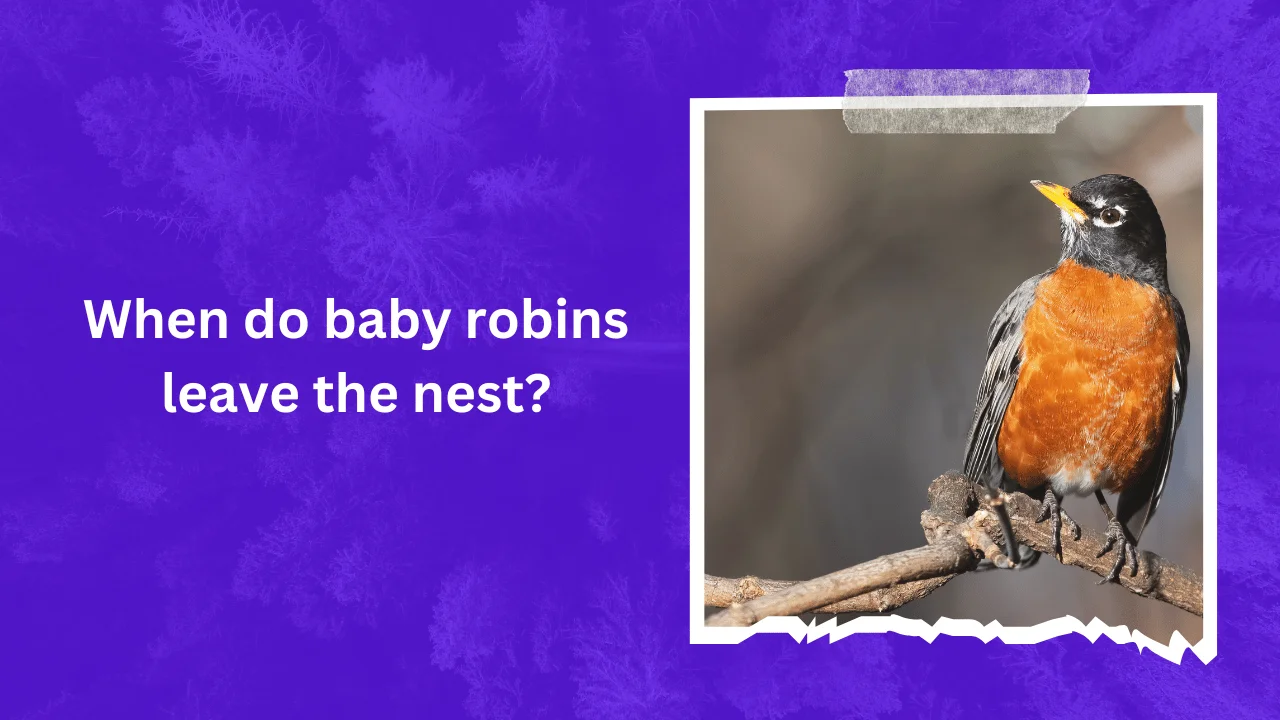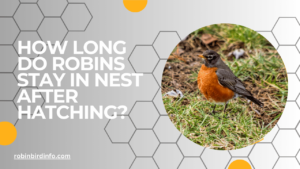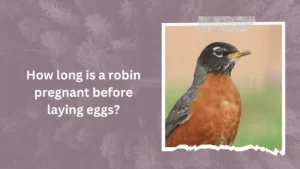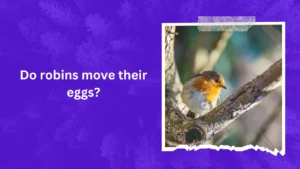Have you ever watched a Robin family flitting around your yard?
The bright red breast of the adult, the persistent calls for worms, and the sight of fluffy chicks nestled in a messy nest all tug at our heartstrings. But a fascinating question arises as these chicks grow: When do those adorable bundles of feathers finally take the plunge and leave the nest?
It might surprise you to learn that this seemingly simple act is a critical stage in a Robin’s life, one filled with preparation, challenges, and a heartwarming display of parental devotion.
This blog post delves into the fascinating world of Robin fledglings. We’ll explore the signs that indicate a baby Robin is getting ready to leave home, the factors that influence the timing of their departure, and the incredible journey they embark on after taking their first flight.
So, keep reading and discover the secrets behind this remarkable transition from nestling to independent bird! You might just find yourself peering at your local Robin family with a newfound appreciation for the wonder of nature.
Contents
- 1 Nestling Development
- 2 Fledging Behavior
- 3 Post-Fledging Care
- 4 Challenges Faced by Fledglings
- 5 Conservation and Human Impact
- 6 Conclusion
- 7 FAQ’s
- 7.0.1 Why do baby Robins leave the nest before they can fly well?
- 7.0.2 What do fledgling Robins eat?
- 7.0.3 How long does it take for a Robin to learn to fly?
- 7.0.4 What should I do if I find a fallen Robin fledgling?
- 7.0.5 Are there any predators that target Robin nestlings?
- 7.0.6 How can I help protect Robin nests?
Nestling Development
Robin nestlings grow rapidly, gaining weight and size at an astonishing pace. Their feather development is a fascinating process. Initially, they are covered in downy feathers, which provide insulation and warmth. As they mature, these downy feathers are gradually replaced by adult feathers, enabling them to fly.
The development of vision is also crucial for fledglings. Initially, their eyes are closed, but they quickly open and begin to explore their surroundings. Their eyesight improves rapidly, allowing them to perceive their environment and respond to stimuli.
Fledging Behavior
Before taking their first flight, Robin nestlings exhibit several signs of fledging. They may spend more time perched on the edge of the nest, fluttering their wings, and practicing hopping. They may also attempt short flights within the nest or to nearby branches.
The timing of fledging can vary depending on various factors, including weather conditions, food availability, and the overall health of the nestlings. Generally, Robins fledge around 13-15 days after hatching.
Parental guidance plays a vital role in the fledging process. Adult Robins closely monitor their young and provide support and encouragement. They may guide fledglings to suitable perching spots and help them locate food sources.
Post-Fledging Care
Even after fledging, young Robins continue to receive some level of parental care. Adult Robins may continue to feed and protect their offspring for a few weeks.
During this period, fledglings learn essential survival skills, such as foraging for food and avoiding predators. They practice flying, hopping, and perching, gradually becoming more independent.
As fledglings gain experience, they spend less time with their parents and become more self-reliant. Eventually, they will disperse and establish their own territories.
Challenges Faced by Fledglings
Fledgling Robins face numerous challenges as they transition from nest life to independence. Predation is a significant threat, with cats, hawks, and other predators posing a risk.
Weather conditions can also impact fledgling survival. Adverse weather, such as heavy rain or strong winds, can make it difficult for fledglings to find food and shelter.
Food availability is another crucial factor. If food resources are scarce, fledglings may struggle to survive.
Conservation and Human Impact
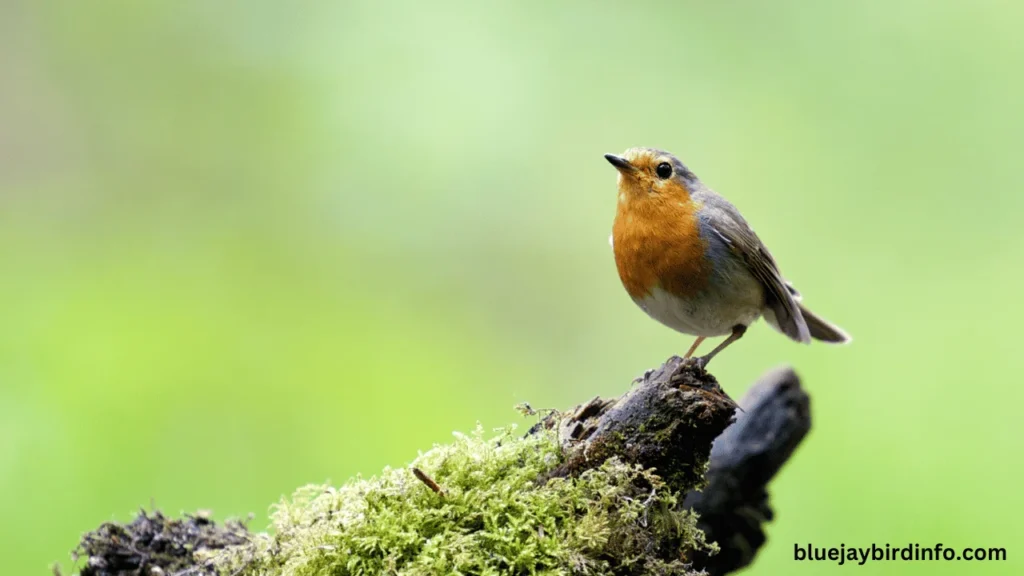
Habitat loss is a major threat to Robin populations. Loss of nesting and foraging habitat can reduce breeding success and limit the availability of food resources.
Climate change can also impact Robin populations. Changes in temperature and precipitation patterns can affect the timing of breeding, migration, and food availability.
Human activities, such as the use of pesticides and the fragmentation of habitats, can further threaten Robin populations. By creating bird-friendly environments, reducing pesticide use, and protecting natural habitats, we can help ensure the survival of these beloved birds.
Conclusion
The process of fledging is a critical milestone in the life of a young Robin.
By understanding the challenges they face and the strategies they employ, we can appreciate the remarkable adaptations that allow them to thrive. By taking steps to protect their habitats and reduce human-related threats, we can help ensure the continued survival of these beautiful birds.
FAQ’s
Why do baby Robins leave the nest before they can fly well?
This behavior, known as “fledging,” is a natural part of a Robin’s development. It helps them learn to fly and become more independent. Parental supervision and guidance during this period are crucial for their survival.
What do fledgling Robins eat?
Fledgling Robins are fed by their parents, primarily with insects and worms. As they gain independence, they learn to forage for their own food.
How long does it take for a Robin to learn to fly?
It typically takes a few weeks for a Robin fledgling to become proficient in flight. During this time, they practice hopping, flapping their wings, and making short flights.
What should I do if I find a fallen Robin fledgling?
If you find a healthy fledgling on the ground, it’s best to leave it alone. Its parents are likely monitoring it and will continue to care for it. However, if the fledgling appears injured or is in immediate danger, contact a local wildlife rehabilitator for assistance.
Are there any predators that target Robin nestlings?
Yes, Robin nestlings are vulnerable to predation from various animals, including cats, snakes, and birds of prey.
How can I help protect Robin nests?
You can help protect Robin nests by avoiding disturbing them, keeping cats indoors, and planting native plants to attract insects and provide nesting materials.

